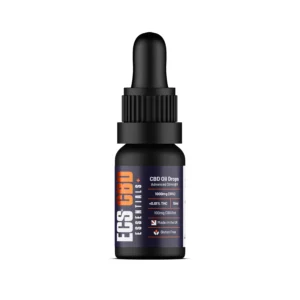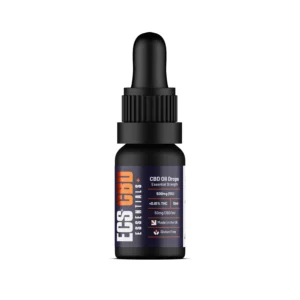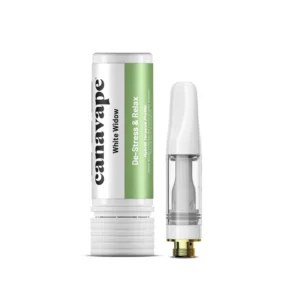Medical cannabis, also known as medical marijuana, has gained significant attention in recent years for its potential therapeutic benefits. But how exactly does it work in the body to provide relief for various medical conditions?
To understand how medical cannabis works, it’s important to first understand the endocannabinoid system (ECS) in our bodies. The ECS is a complex system of receptors, enzymes, and endocannabinoids that play a crucial role in regulating various physiological processes, such as mood, appetite, pain sensation, and memory.
When cannabis is consumed, its active compounds, known as cannabinoids, interact with the ECS. The two primary cannabinoids found in cannabis are tetrahydrocannabinol (THC) and cannabidiol (CBD). THC is the psychoactive compound responsible for the “high” associated with cannabis, while CBD is non-psychoactive and has been shown to have various therapeutic properties.
When THC binds to the cannabinoid receptors in the brain and body, it can produce a range of effects, including pain relief, relaxation, and euphoria. This is why medical cannabis is often used to alleviate symptoms of chronic pain, anxiety, and insomnia.
CBD, on the other hand, interacts with the ECS in a different way. It doesn’t directly bind to the cannabinoid receptors but instead modulates their activity. CBD has been shown to have anti-inflammatory, anti-anxiety, and neuroprotective effects, making it a popular choice for treating conditions such as epilepsy, PTSD, and multiple sclerosis.
In addition to THC and CBD, cannabis contains over 100 other cannabinoids, as well as terpenes and flavonoids, which also contribute to its therapeutic effects. These compounds work together in what is known as the “entourage effect,” enhancing the overall efficacy of the plant.
It’s important to note that the effects of medical cannabis can vary depending on the individual and the specific strain or product used. Finding the right dosage and delivery method is key to maximizing its benefits while minimizing any potential side effects.
Overall, medical cannabis works by interacting with the body’s endocannabinoid system to modulate various physiological processes and provide relief for a wide range of medical conditions. As research on cannabis continues to grow, so too will our understanding of its potential as a powerful therapeutic agent.











